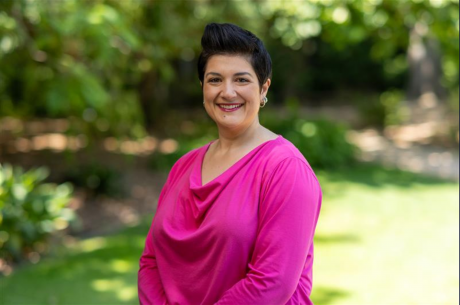“It is my aim to bring the works of these once forgotten writers to light.”
Research by Associate Professor Claire Knowles is uncovering the forgotten women writers and poets of the late eighteenth and early nineteenth centuries.
While some writers and poets are now taught in classrooms all over the world, others – who were extraordinarily popular in their time – remain relatively unknown.
“Women played a much larger role in the literary culture of the eighteenth century, and in particular, the literary culture of the newspapers and periodical press, than has previously been understood,” explains Associate Professor Knowles.
“I am interested in uncovering the various circumstances, both social and individual, that led to them being erased from the literary canon for much of the late nineteenth and twentieth centuries.”
Associate Professor Knowles’ recent book, Della Cruscan Poetry, Women, and the Fashionable Newspaper, surveyed popular poetry published in four key daily newspapers in the late eighteenth century and explores how women writers came to play a pivotal role in shaping the poetic culture of the fashionable newspaper.
It offers the first account of the feminization of the fashionable newspaper and of popular literary culture in the final years of the eighteenth century.
“One of the most exciting discoveries that I made as a result of research for this book, was the uncovering of huge numbers of poems written by Charlotte Dacre, published under the pseudonym ‘Rosa Matilda’ in the Morning Herald, the Morning Post and the Oracle and Daily Advertiser,” she says. “I hope to one day gather these together in the first modern edition of the poet.”
Associate Professor Knowles is currently working on an edition of British Female Romantic Poets for the Oxford World's Classics imprint.
“This book will be designed to both introduce the general reader to some of the most significant female poets of the period, and to provide a useful classroom text for the teaching of these poets.”


